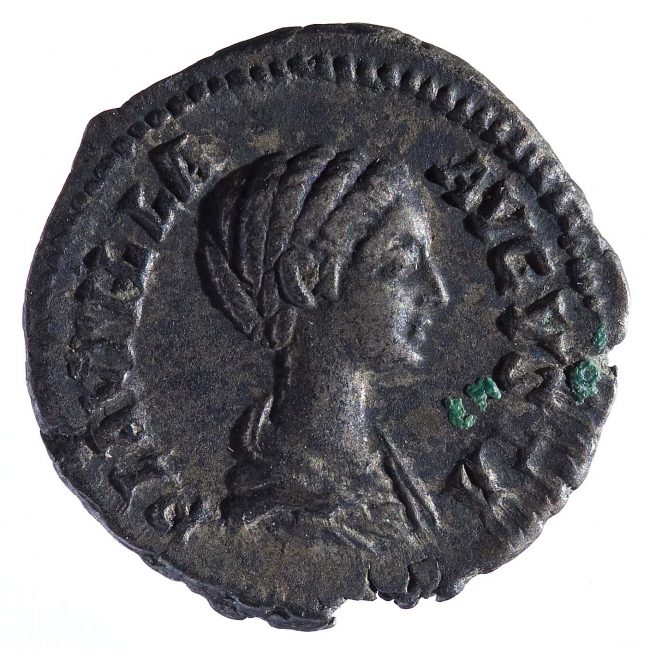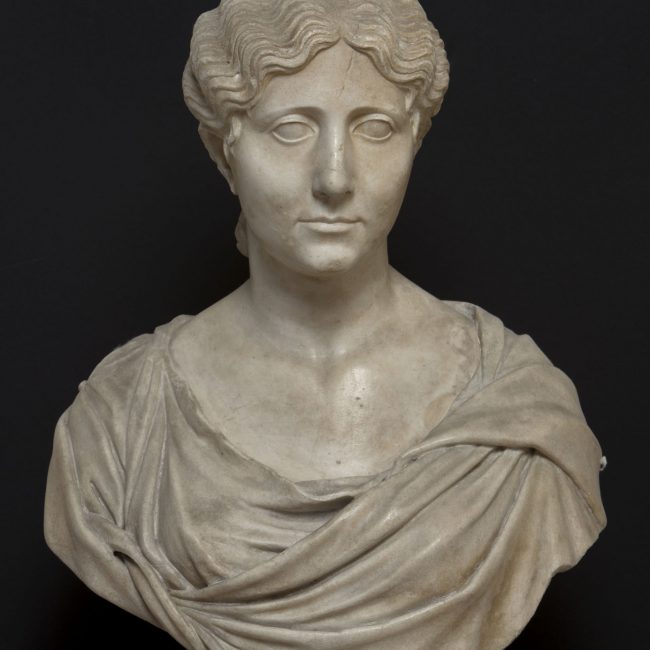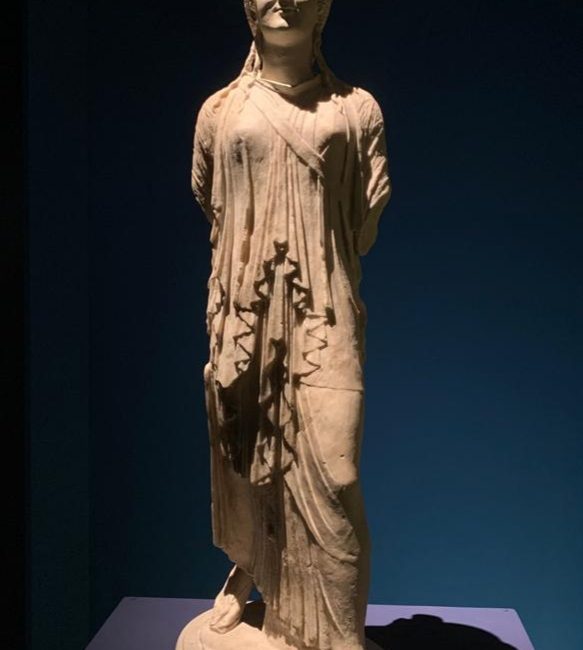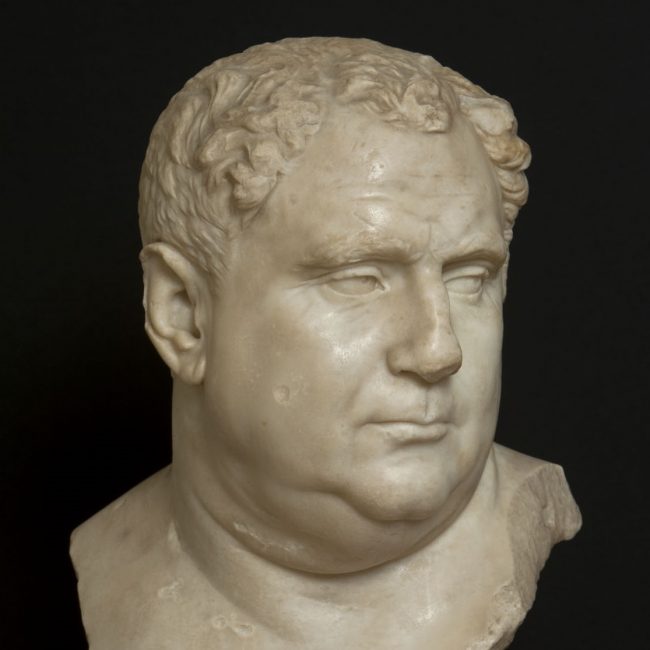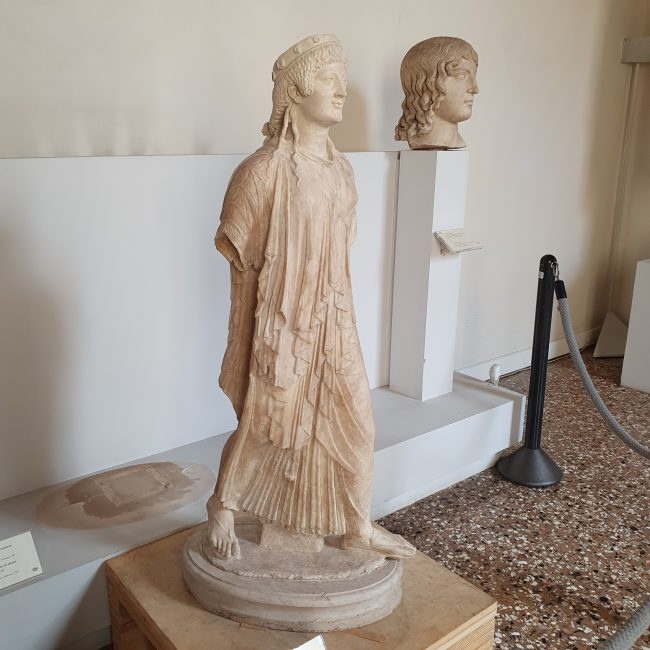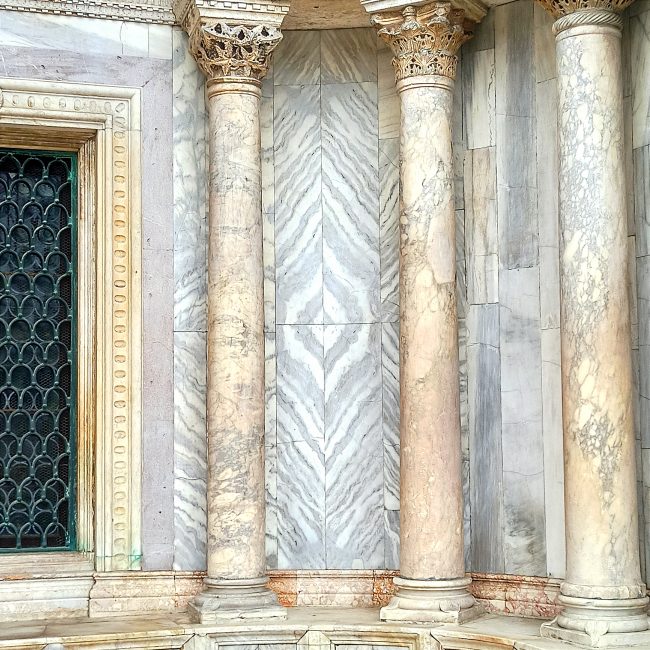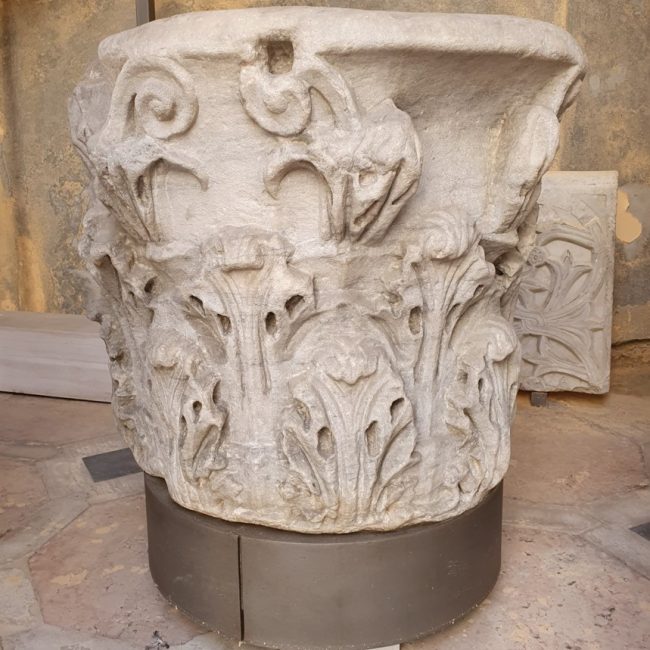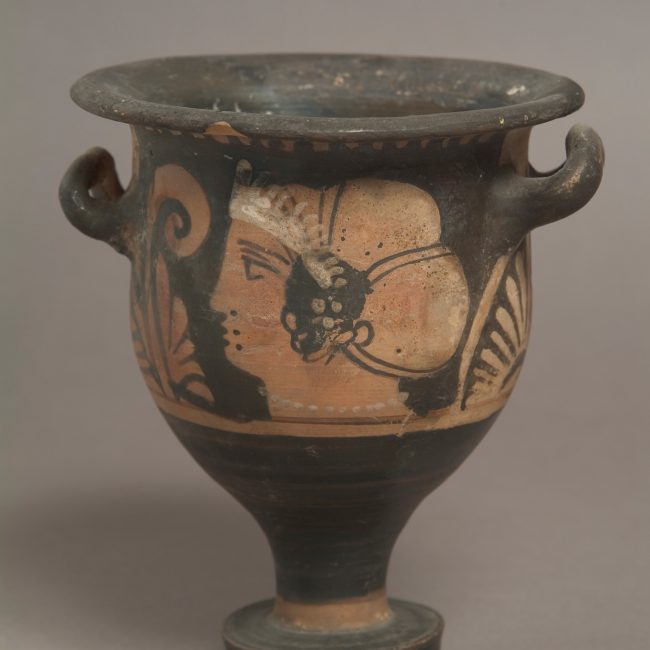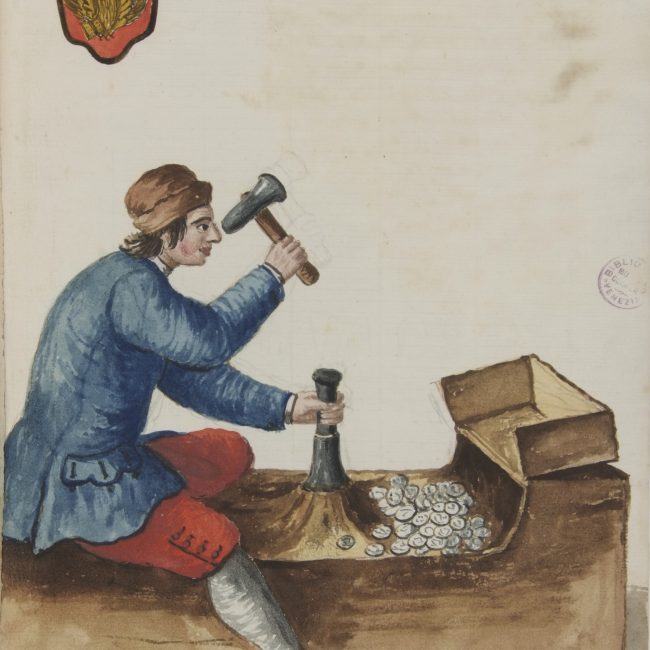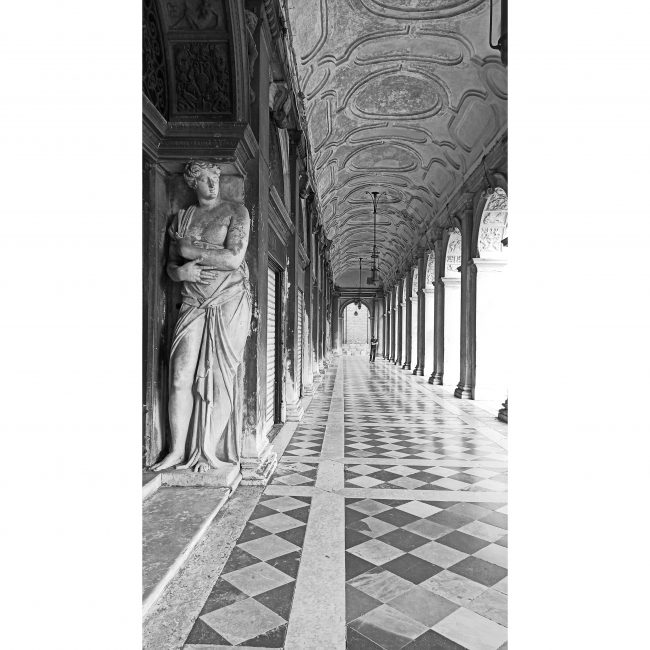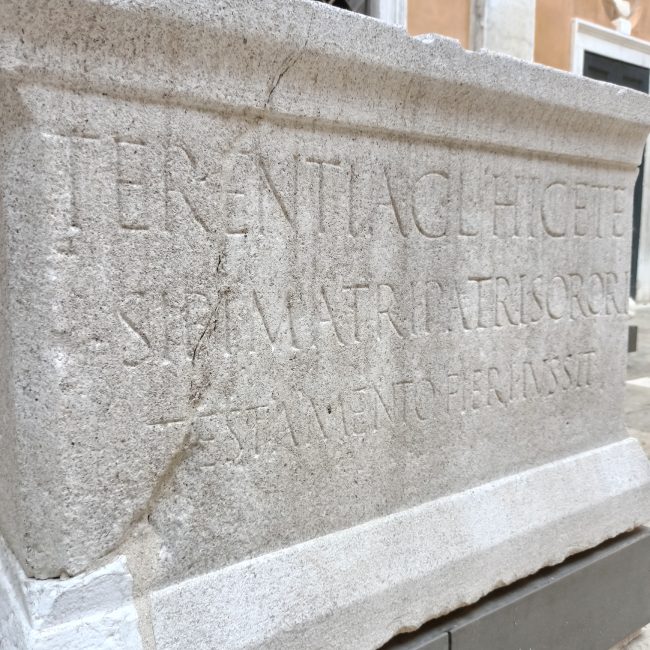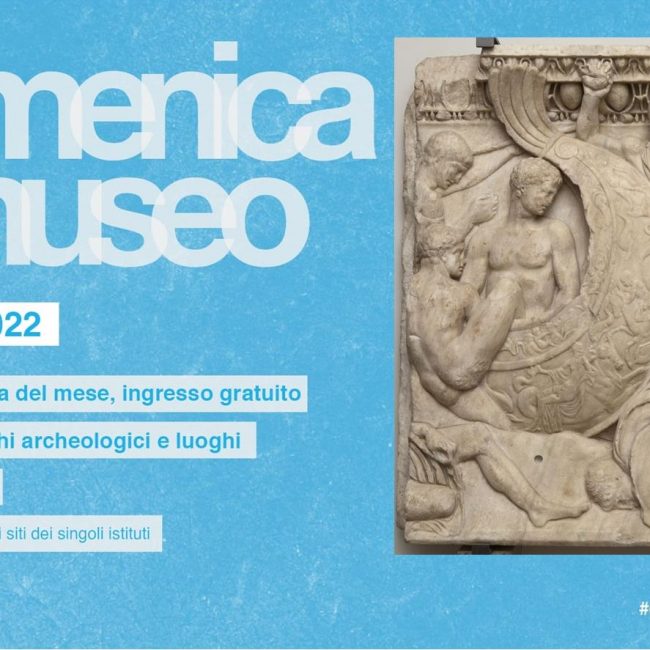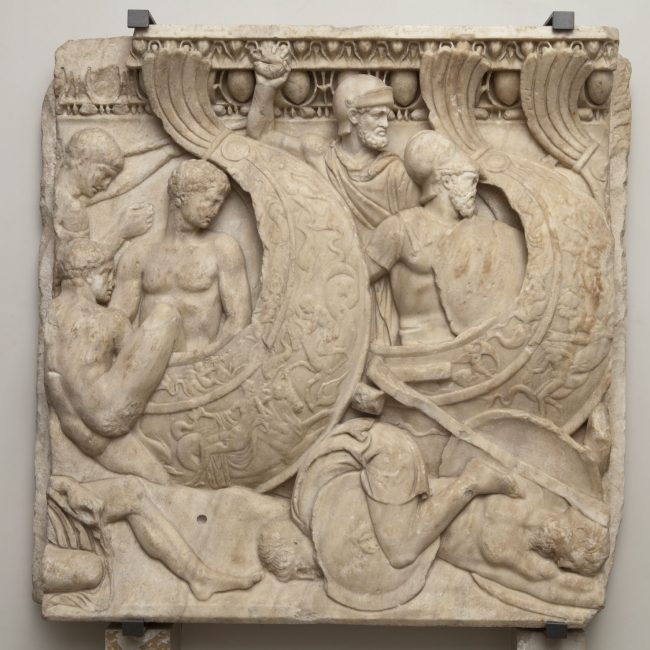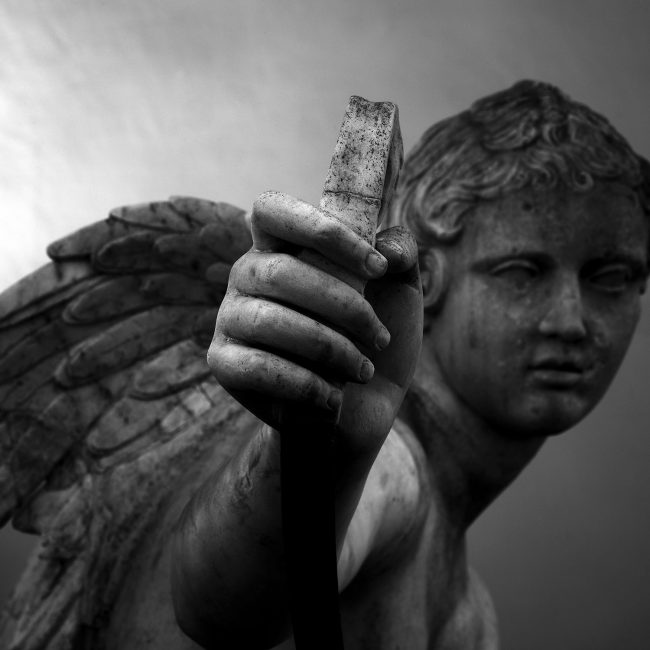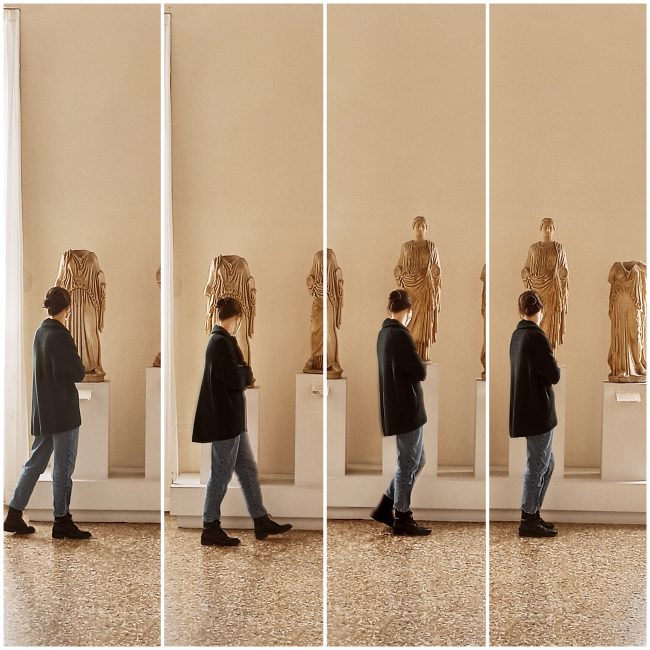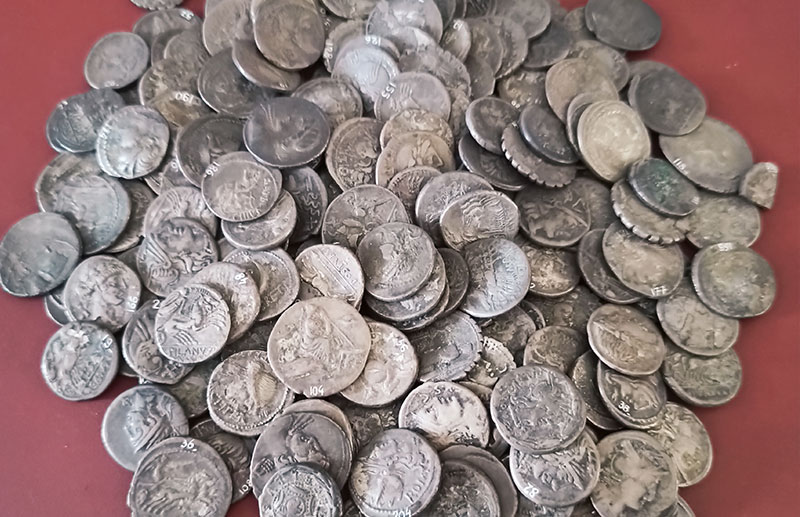National Archaeological Museum of Venice
One of the first public museums of ancient art in Europe
About us
Heir to the Statuary of the Serenissima and from 1596 in St. Mark Square, the National Archaeological Museum of Venice preserves and exhibits precious Greek and Roman sculptures, bronzes, ceramics, gems, coins and inscriptions, alongside Egyptian and Assyrian-Babylonian antiquities, a deposit of the Civic Museums. Its unique collection results from centuries of collecting and powerful testimony of Venice’s relationship with Antiquity.
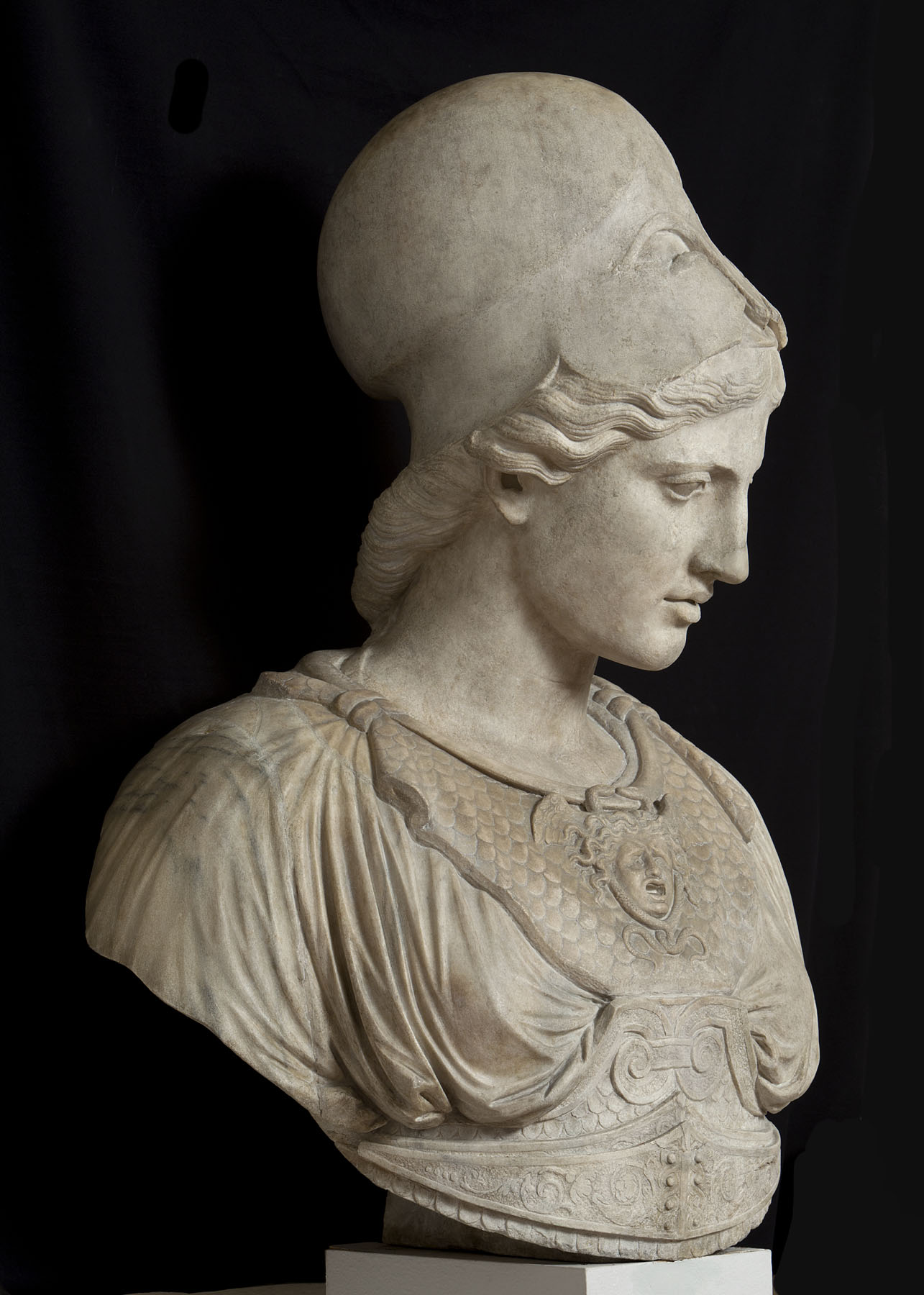
HIGHLIGHTS
-
After the rise of Septimius Severus and the end of the civil war, the new emperor had to surround himself with reliable men of undoubted loyalty. One of them was Gaius Fulvius Plautianus, relative of Severus and prefect of the
-
Within the Julio-Claudian dynasty, women often had the opportunity to shine and show off their political skills. However, there have been cases in which these, despite their prestige and influence, remained in the shadows: an example is that of Antonia
-
Trajan is considered one of the best Roman emperors, awarded by the Senate with the title of optimus princeps. He was of Hispanic origins and his brilliant military career stands out, culminating with the conquest of Dacia between 101 and
-
At the end of the civil war between 68 and 69 AD, which broke out after Nero's death, the empire passed into the hands of Vespasian, who re-established the balance lost with the end of the Julio-Claudian dynasty. A man
-
According to Cassius Dio, after Marcus Aurelius' death Rome would have passed «from a kingdom of gold to one of iron and rust»: indeed, after the killing of Commodus in 192 AD, it began a serious crisis, in which the
-
Observing the Roman marble portraits in Room IX, one can note the presence of the one belonging to Agrippina Maggiore, an important female character of the Julio-Claudian dynasty. Daughter of Julia and Agrippa, granddaughter of Augustus, wife of Germanicus and
-
The Archaeological Museum elsewhere On the occasion of the statue of Artemis loan to the Archaeological and Art Museum of Maremma in Grosseto, the National Archaeological Museum of Venice wanted to fill this absence within its collection, showing a digital clone.
-
Felix vibas, an incitement to happiness, is the spurious inscription found on the back of the bust of the so-called Vitellio, a Roman portrait from the age of Hadrian, which belonged to the collection of Cardinal Domenico Grimani. This motto,
-
The Archaeological Museum elsewhere Artemis advances with a large and decisive step, dressed in a long light dress that opens like a fan between her legs and in a cloak that falls to her knees. Her elegant drapery follows the lines
-
by Myriam Pilutti Namer A talented young man who was born in Venice and became a successful archaeologist in Rome. That’s how Giacomo Boni (Venezia 1859-Roma 1925) would have defined himself as a building site worker, an architect (not graduate), an
-
You may recall that in a previous post, we dealt with the routes through which many ancient marbles reached Venice. In reality, coloured marble has travelled extensively from the classical period untill today, greatly appreciated for its beauty, symbolic meaning,
-
The walls of Venetian palaces and the museum halls preserve many recognizable traces of the reuse of archaeological materials from the Hellenic Levant. It is the case of two Cretan interstate stelae, now in the National Archaeological Museum of Venice. The
-
The need to procure building materials was innate in the very birth of Venice. Born from the water and stretched out over the sea with a small hinterland, the city did not arise on a previous ancient settlement. It was
-
Wandering pottery Many 18th-century Venetian collectors could exhibit ancient vases from afar in their museums. The large quantity of material that, then, from central-southern Italy poured in large number into the antique market made ceramics very coveted objects also in Veneto.
-
The Mint of Venice: a prestigious history that is more than a thousand years old Venice was home to one of most productive monetary factories in Europe. Of vital importance for the Republic, it was located, probably from the 12th century,
-
Pagan deities in the heart of Venice The storytelling in mythological images, in monumental decorative cycles with a complex narrative structure, made its debut in Venetian art during the fourth decade of the 16th century, lagging behind Rome and other Italian
-
An elephant for Venice Did you know that an elephant, complete with tusks and trunk, makes a fine show of itself in St. Mark Square? It has been there since August 15th, 1505, when the bronze banner holders, artwork by Alessandro
-
About re-uses and ancient inscriptions «The marble columns of the belfry are mixed everywhere, falling, together with the cornices, the attic sculptures, and the heavy roof of the spire. The boulders stood at the corner of the Basilica, and the column,
-
On Sunday, July 3rd the initiative of the Ministry of Culture is back: “Sunday in museum” with FREE ENTRY in all National Museums. The Archaeological Museum is involved in the initiative BUT…free entry is not exceptional. On the occasion of the
-
A courtyard of antiquities For just over a month, Marcus Vipsanius Agrippa has been looking thoughtfully at a large marble iPhone. It happens in the courtyard of the National Archaeological Museum of Venice, where Marc Quinn Stele marks the beginning of the HISTORYNOW
-
“The art of shipbuilding is back home” is the slogan of the next boat show that occurs from May 28th to June 5th 2022 in the area of the Arsenale (dockyard) in Venice L’arzanà de’ Viniziani (the Venetian dockyard as mentioned

